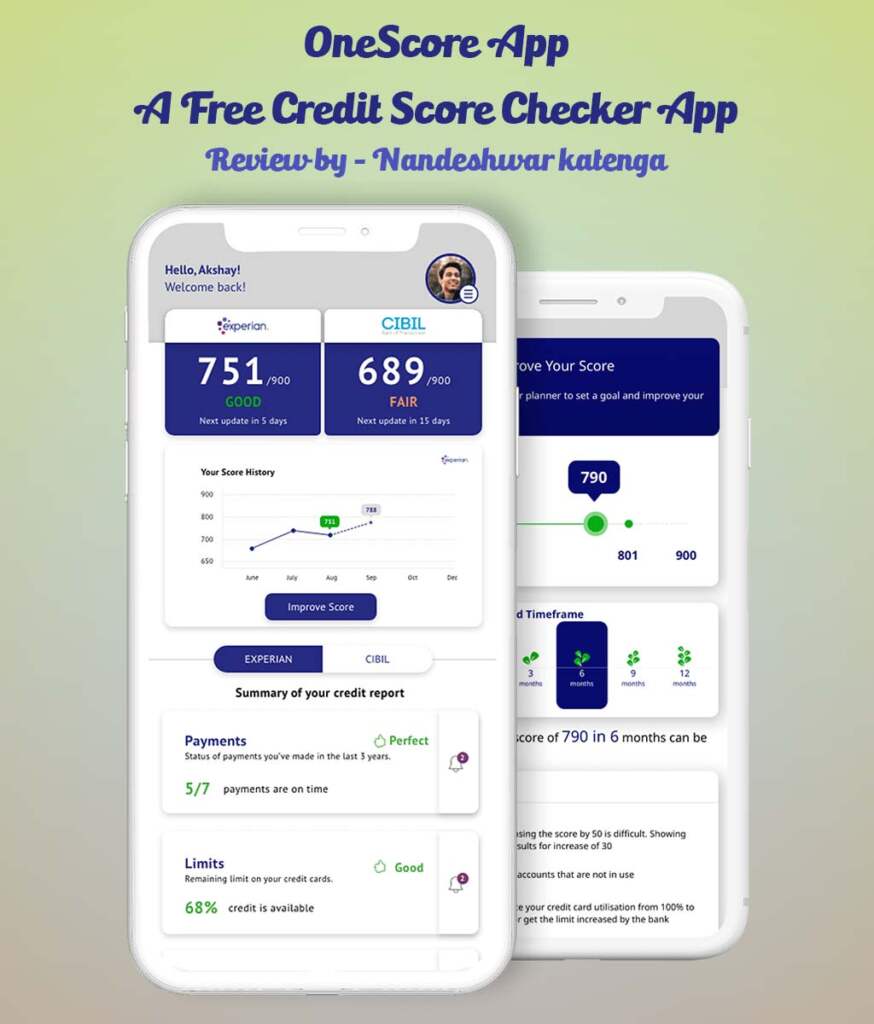Health Insurance
What is Health Insurance? – Health insurance is a critical aspect of modern life, providing financial protection and access to essential healthcare services. In this comprehensive guide, we’ll delve deep into the world of health insurance, exploring what it is, why it’s important, the various types available, how to choose the right plan, and much more. By the end, you’ll have a solid understanding of health insurance and be better equipped to make informed decisions about your healthcare coverage.
Defining Health Insurance
Health insurance is a contractual arrangement that provides individuals or groups with financial coverage for medical expenses. In exchange for regular payments (premiums), the insurance company agrees to cover a portion of the insured person’s healthcare costs. This financial protection can extend to various medical services, including doctor visits, hospital stays, surgeries, prescription medications, preventive care, and more.
The Purpose of Health Insurance
The primary purpose of health insurance is to mitigate the financial burden of medical expenses. Healthcare can be incredibly costly, and unexpected illnesses or accidents can result in bills that are difficult to manage without insurance. Health insurance offers a safety net, helping individuals and families afford necessary medical care.
Additionally, health insurance encourages preventive care by covering routine check-ups, vaccinations, and screenings. This proactive approach to health can lead to early detection and treatment of medical conditions, ultimately reducing healthcare costs in the long run.
The Importance of Health Insurance
a) Financial Protection
One of the most significant advantages of health insurance is its ability to provide financial protection. Without insurance, a serious illness or injury could lead to astronomical medical bills that may force individuals and families into debt. Health insurance ensures that you have financial support when you need it most, allowing you to focus on recovery rather than worrying about how to pay for treatment.
b) Access to Quality Healthcare
Health insurance often comes with a network of healthcare providers. This network includes doctors, specialists, hospitals, and clinics that have contracts with the insurance company. When you have health insurance, you can access care from these providers at a lower cost. This access to a network of qualified healthcare professionals ensures that you receive quality medical services.
c) Preventive Care
Many health insurance plans cover preventive services at no additional cost to the insured. These services may include vaccinations, cancer screenings, and wellness check-ups. By making preventive care accessible and affordable, health insurance encourages individuals to take proactive steps to maintain their health and detect potential health issues early.
4) Peace of Mind
Perhaps one of the less tangible but equally valuable benefits of health insurance is the peace of mind it provides. Knowing that you have coverage in place can reduce anxiety and stress related to health concerns. This peace of mind allows you to lead a healthier, more productive life, free from the constant worry about potential healthcare expenses.
Types of Health Insurance
There are several types of health insurance plans available, each with its own characteristics and target audience. Understanding the different types of health insurance can help you choose the one that best suits your needs.
a) Employer-Sponsored Health Insurance
Many individuals obtain health insurance through their employers. Employer-sponsored health insurance plans are typically offered as part of an employee benefits package. In these plans, the employer and employee often share the cost of premiums, with the employer contributing a significant portion.
b) Individual Health Insurance
Individual health insurance plans are purchased directly by individuals or families from insurance companies. These plans are suitable for those who don’t have access to employer-sponsored coverage, such as freelancers, self-employed individuals, or those who are unemployed.
c) Government-Funded Health Insurance
Governments in many countries provide health insurance programs to ensure that citizens have access to essential healthcare services. In the United States, two prominent government-funded health insurance programs are Medicare and Medicaid.
d) Medicare
Medicare is a federal health insurance program primarily for individuals aged 65 and older. It also covers certain younger individuals with disabilities. Medicare is divided into different parts, each covering specific healthcare services:
- Part A: Hospital Insurance
- Part B: Medical Insurance
- Part C: Medicare Advantage Plans
- Part D: Prescription Drug Coverage
e) Medicaid
Medicaid is a joint federal and state program that provides health insurance to low-income individuals and families. Eligibility and benefits vary by state, but Medicaid typically covers a wide range of healthcare services, including doctor visits, hospital stays, and prescription medications.
f) Health Maintenance Organizations (HMOs)
HMOs are a type of health insurance plan that requires members to choose a primary care physician (PCP) and obtain referrals from the PCP to see specialists. HMOs often have lower premiums and out-of-pocket costs but require members to use a specific network of healthcare providers.
g) Preferred Provider Organizations (PPOs)
PPOs offer more flexibility than HMOs. Members can see any healthcare provider, whether they are in or out of the plan’s network, without a referral. However, using in-network providers usually results in lower out-of-pocket costs.
h) Exclusive Provider Organizations (EPOs)
EPOs are a hybrid between HMOs and PPOs. Like HMOs, they typically require members to use a network of providers. However, EPOs may offer limited coverage for out-of-network care in emergencies.
9) Point of Service (POS) Plans
POS plans combine features of HMOs and PPOs. They require members to select a primary care physician and obtain referrals for specialist care, similar to HMOs. However, like PPOs, POS plans offer some coverage for out-of-network care, albeit at a higher cost to the member.
Key Health Insurance Terms
To navigate the world of health insurance effectively, it’s crucial to understand key terms and concepts. Let’s explore some of the most important terms you’ll encounter:
a) Premium
A premium is the amount you pay to your insurance company for coverage. This payment is typically made on a monthly or annual basis. Premiums can vary widely based on the type of plan, coverage level, and other factors.
b) Deductible
A deductible is the amount you must pay for covered healthcare services before your insurance plan starts to pay. For example, if you have a $1,000 deductible and receive a covered medical service that costs $800, you’ll need to pay the entire $800 out of pocket. Once you reach your deductible amount, your insurance plan will begin to cover eligible expenses.
c) Copayment (Copay)
A copayment, often referred to as a copay, is a fixed amount you pay for specific healthcare services, such as doctor visits or prescription medications. Copayments are typically due at the time of service and can vary depending on the plan and the type of service.
d) Coinsurance
Coinsurance is the percentage of healthcare costs you pay after reaching your deductible. For example, if you have a 20% coinsurance rate, your insurance will cover 80% of eligible expenses, and you’ll be responsible for the remaining 20%.
e) Out-of-Pocket Maximum/Limit
The out-of-pocket maximum (or limit) is the maximum amount you are required to pay for covered healthcare services in a plan year. Once you reach this limit, your insurance plan will cover 100% of eligible expenses. This limit includes deductibles, copayments, and coinsurance.
f) Network
A network is a group of healthcare providers, including doctors, hospitals, and clinics, that have contracts with your insurance company. Using in-network providers typically results in lower out-of-pocket costs.
g) Provider
A provider is a healthcare professional or facility that offers medical services. Providers can include primary care physicians, specialists, hospitals, pharmacies, and more.
h) Preauthorization
Preauthorization is a process in which your insurance company reviews and approves certain medical services or treatments before they are provided. Preauthorization is often required for procedures that are expensive or not considered medically necessary.
i) Claim
A claim is a request for payment submitted to your insurance company by your healthcare provider. It includes details about the healthcare services received, the cost, and the provider’s information. Your insurance company reviews the claim and determines how much they will pay.
How Does Health Insurance Work?
Understanding how health insurance works is crucial to maximizing its benefits. Let’s break down the process step by step:
Enrollment
To have health insurance, you must first enroll in a plan. This can be done through your employer (if you have employer-sponsored coverage) or by purchasing an individual plan from an insurance company. Enrollment periods typically occur annually, but some life events, like marriage or the birth of a child, may allow you to enroll outside of the standard enrollment period.
Paying Premiums
Once you’re enrolled in a health insurance plan, you’ll need to pay regular premiums to maintain your coverage. These payments can be made monthly, quarterly, or annually, depending on the plan’s terms. Failing to pay premiums can result in a loss of coverage.
Seeking Healthcare Services
When you need medical care, you can visit a healthcare provider within your plan’s network. If you have an HMO or similar plan, you’ll typically need to select a primary care physician (PCP) and obtain referrals for specialist care. PPO and EPO plans offer more flexibility in choosing providers.
Understanding Costs
Health insurance plans often include various costs beyond premiums, such as deductibles, copayments, and coinsurance. It’s essential to understand these costs and how they apply to your plan. Your plan’s summary of benefits and coverage document should provide detailed information.
Filing Claims
After receiving healthcare services, your provider will submit a claim to your insurance company. This claim outlines the services provided, their costs, and any applicable patient responsibilities (like copayments or deductibles). Your insurance company will review the claim and determine how much they will pay. You may receive an Explanation of Benefits (EOB) that details these payments and any remaining balance you owe.
Choosing the Right Health Insurance Plan
Selecting the right health insurance plan is a critical decision. Here are some steps to help you make an informed choice:
Assessing Your Needs
Start by evaluating your healthcare needs and those of your family members. Consider factors like your current health, any chronic conditions, the need for prescription medications, and the likelihood of planned medical procedures.
Comparing Plans
If you have access to multiple health insurance plans, compare them carefully. Pay attention to premiums, deductibles, copayments, coinsurance rates, and out-of-pocket maximums. Also, consider the plan’s network and whether your preferred healthcare providers are included.
Network Considerations
If you have specific doctors or hospitals you prefer, check whether they are in the plan’s network. Using in-network providers typically results in lower costs. If you have a preferred primary care physician or specialist, make sure they are in-network.
Cost Analysis
Calculate the total expected costs for each plan you’re considering. This should include premiums, deductibles, copayments, and coinsurance. Consider how these costs align with your budget and expected healthcare needs.
Evaluating Additional Benefits
Some health insurance plans offer additional benefits beyond basic medical coverage. These may include dental and vision care, mental health services, maternity coverage, and wellness programs. Assess whether these additional benefits are important to you and whether they justify the plan’s cost.
Common Health Insurance Myths Debunked
Myth #1: Health Insurance Is Too Expensive
While health insurance can be a significant expense, it’s important to recognize that not having insurance can be even more costly in the long run. Without insurance, you may be forced to pay out of pocket for medical services that could lead to financial hardship.
Myth #2: I’m Young and Healthy; I Don’t Need Health Insurance
Accidents and unexpected health issues can happen to anyone, regardless of age or health status. Health insurance provides a safety net that can protect you from the financial burden of unexpected medical expenses.
Myth #3: All Health Insurance Plans Are the Same
Health insurance plans vary widely in terms of coverage, cost, and provider networks. It’s crucial to carefully compare plans to find one that aligns with your needs and budget.
Myth #4: I Can Get Health Insurance Whenever I Want
In many countries, including the United States, there are specific enrollment periods during which you can sign up for health insurance. Missing these periods may limit your options. Some life events, like getting married or having a baby, allow for special enrollment outside of the standard periods.
Myth #5: Health Insurance Covers Everything
Health insurance plans have limitations and exclusions. Not all medical services or treatments may be covered. It’s essential to review your plan’s coverage details and understand any restrictions or requirements, such as preauthorization.
Tips for Managing Your Health Insurance
Effectively managing your health insurance can help you make the most of your coverage. Here are some tips:
Keeping Track of Documentation
Maintain a file of important health insurance documents, including your policy, plan summaries, and EOBs. This can help you track expenses and resolve billing issues.
Staying Informed About Policy Changes
Stay informed about any changes to your health insurance policy, including updates to premiums, deductibles, and coverage. Your insurance company should provide notice of any changes.
Utilizing Preventive Services
Take advantage of preventive services covered by your insurance plan, such as vaccinations, screenings, and annual check-ups. These services can help catch health issues early and save you money in the long run.
Reviewing Bills and EOBs (Explanation of Benefits)
Carefully review medical bills and EOBs to ensure they accurately reflect the services you received and the amounts you owe. If you have questions or disputes, contact your insurance company or healthcare provider for clarification.
Seeking In-Network Care
Whenever possible, choose healthcare providers within your plan’s network to minimize out-of-pocket costs. If you need to see an out-of-network provider, check whether your plan provides any coverage for such care.
The Future of Health Insurance
The world of health insurance is continually evolving, driven by technological advancements, changes in regulations, and shifting consumer preferences. Here are some trends that may shape the future of health insurance:
Technological Advancements
Advances in technology, such as wearable health devices and artificial intelligence, are likely to play a more prominent role in health insurance. These innovations can help insurers better assess risk, personalize coverage, and improve healthcare outcomes.
Telemedicine and Virtual Health Services
Telemedicine and virtual healthcare services have gained popularity, especially in response to the COVID-19 pandemic. These services are likely to become more integrated into health insurance plans, providing convenient access to medical care.
Changing Regulations and Policies
Government regulations and policies can significantly impact health insurance. Changes in legislation, such as healthcare reform, can alter the landscape of health insurance, affecting coverage options and costs.
Trends in Consumer-Driven Healthcare
Consumers are increasingly seeking more control over their healthcare decisions. High-deductible health plans (HDHPs) paired with health savings accounts (HSAs) are becoming more prevalent, allowing individuals to save for medical expenses and make informed choices about their care.
Conclusion
Health insurance is a vital tool for protecting your health and financial well-being. By understanding what health insurance is, its importance, the various types available, and how to choose the right plan, you can make informed decisions about your healthcare coverage.
Remember that health insurance is not just a financial transaction; it’s an investment in your health and peace of mind. Take the time to assess your needs, compare plans, and stay informed about your coverage. By doing so, you can secure your health and financial future, knowing that you have a safety net in place when you need it most.


